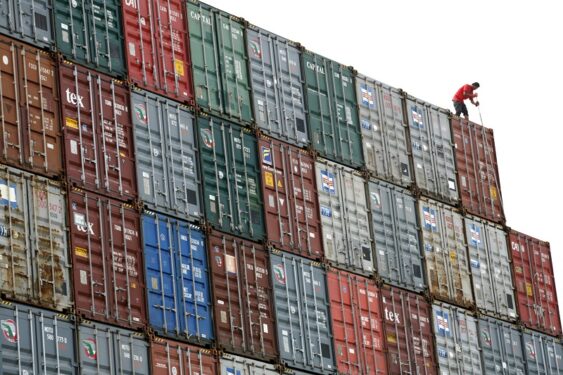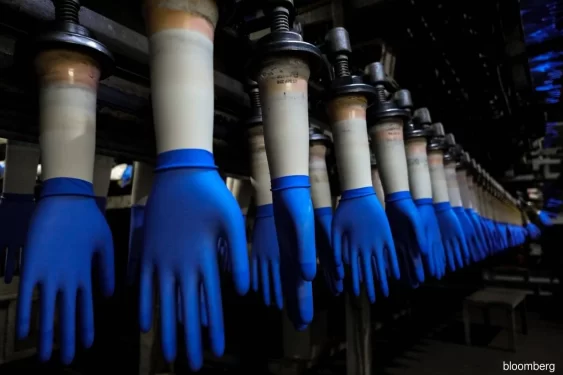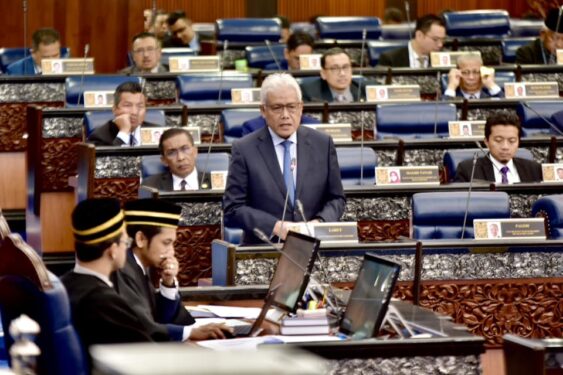By Amanda Yeo
ALTHOUGH the Health Ministry (MOH) would increase the total bed capacity and mobilise hundreds of healthcare personnel from other states to manage the escalating number of COVID-19 cases in Sabah, the poor health infrastructure problem that persists in Sabah for decades should be resolved by the current Sabah state government in the long term.
Till today, more than a third of the population in Sabah continue to live beyond 5km of any kind of health facility.
Due to a lack of specialists and medical equipment, patients seeking treatments or follow up treatments are often forced to refer to another public hospital that could cater to their respective medical needs.
Up to date, there are 24 state hospitals and 300 government health clinics throughout Sabah but it is still not sufficient.
Even in the case of medical emergencies, they had to travel across state borders, which includes driving through muddy, uneven roads besides having a boat ride at their own expense, which is relatively cost- and time-consuming.
As the official ratio of doctors to the population is 1:856 (one doctor for every 856 people) in Sabah, which shows much fewer doctors per people in Sabah than the nationwide average of 1:454, this poses further challenges to the hospitals and frontliners when over hundreds of coronavirus cases are being reported in Sabah every single day.
Sabah has recorded breaking numbers of daily infections three days in a row with Oct 18’s number at 702 cases. Also, total number of deaths in Sabah stand at 61 as of Oct 18.
In addition, a stark number of unlinked cases, which show no clear tie to other infected patients have enhanced the difficulties of MOH to identify the clusters and conduct contact tracing.
However, unlinked cases have gone down to 81% of new cases On Oct 18 – still quite high by any normal standard – after reaching 17% of new cases on Oct 1 and 91% on Oct 7.
In addition, the frontliners are also struggling to cope with the increasing number of the COVID-19 patients.
It is even worse when 85 healthcare workers in Sabah have been infected with COVID-19 in just ten days since the start of October.
This forces healthy frontliners to work extra hours continuously for more than 24 hours, to compensate for the healthcare workers’ shortage, particularly in Kota Kinabalu, Sandakan, Lahad Datu, Semporna and Tawau Hospital.
As many of the hospitals in Sabah are understaffed, stable coronavirus patients in Semporna and Lahad Datu are decanted to public housing flats whilst Kota Kinabalu and Sandakan public hospitals have shuttered specialist clinics.
This has led to some patients with chronic diseases unable to receive desired treatment. Recent sources revealed that several deaths were recorded among this group of patients, which is of course not included under the COVID-19 death statistics.
Hopefully when the pandemic is under control or over, more Sabahans can get access to a good healthcare services via the state government providing new health facilities, upgrading existing facilities throughout the state and forming Skim Sihat Sabah for the needy individuals to gain access in healthcare services, as promised by the Gabungan Rakyat Sabah (GRS) in its Aku Janji Pledge during the recent Sabah state election.
It is also timely for the Sabah state government to improve the coverage of primary healthcare in the remote areas of Sabah, with the provision of mobile clinics and reintroduction of flying doctor service that was terminated by the Sabah Health Department in 2016 for the convenience of rural Sabahans.
Hopefully things will get better from now on with the news that Sabah chief minister, Datuk Seri Hajiji Noor, has recovered from COVID-19. It is important Sabahans receive clear and speedy information on the latest COVID-19 situation in both district and sub-district levels on a daily basis, as this would strengthen the state healthcare system amidst the COVID-19 pandemic while reducing fear among Sabahans.
In addition, the Sabah state government also needs to adopt the “whole of government, the whole of society approach” during this pandemic outbreak, as emphasised frequently by Health Director-General Tan Sri Dr Noor Hisham Abdullah.
Therefore, now is the time for the Sabah state government to work closely with health professionals, respected local leaders, private sector and NGOs to flatten the pandemic curve in Sabah once again.
Once the pandemic is under control, the Sabah state government should continue advocating health agenda by requesting more funds from the federal government for Sabahans to enjoy better healthcare facilities locally.
With better health infrastructure, physical, mental and social well-being of Sabahans would be prioritised. At the same time, Sabah would be more prepared to face the possible emergence of another pandemic in the future.
Amanda Yeo is Research Analyst at EMIR Research, an independent think tank focused on strategic policy recommendations based on rigorous research.










